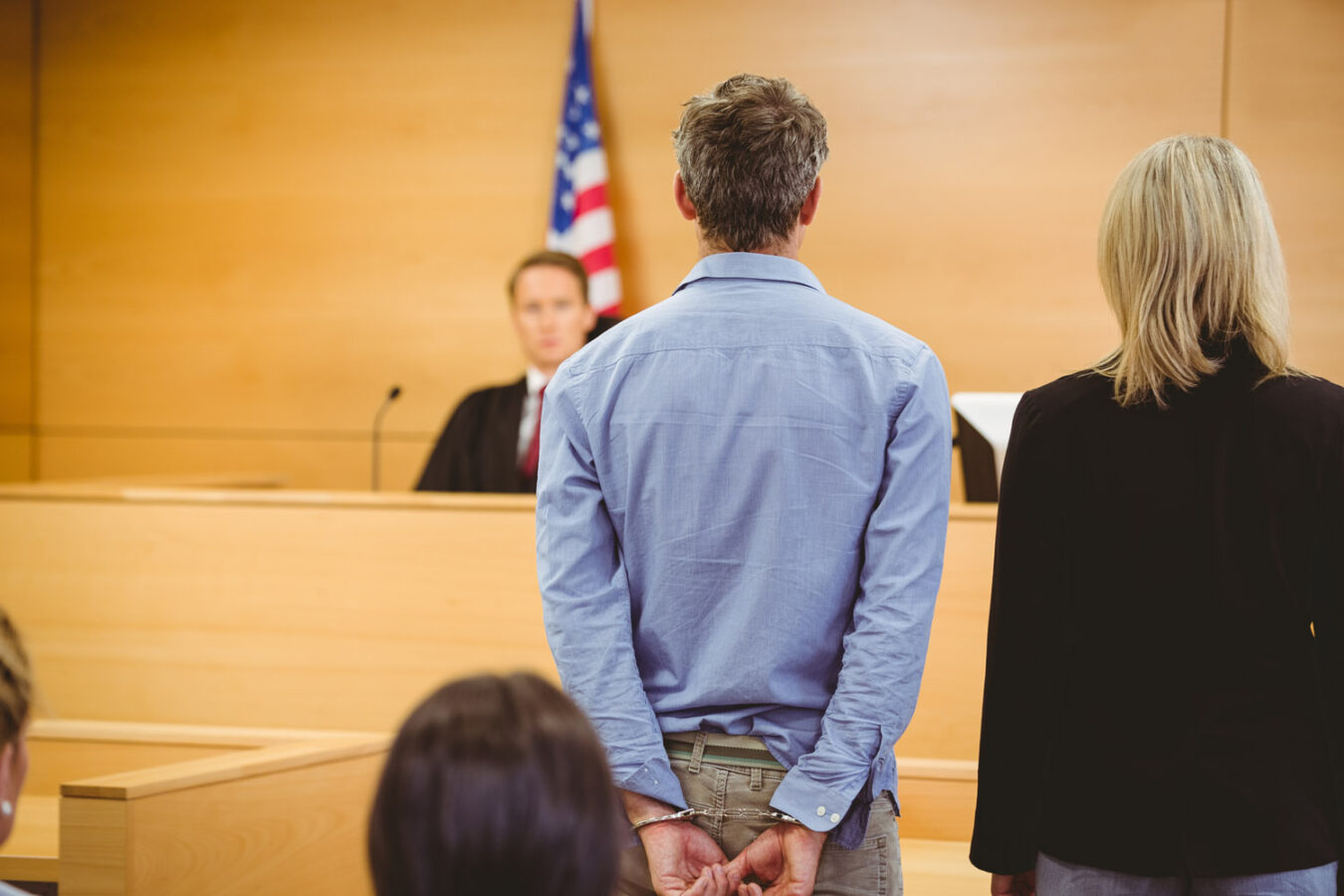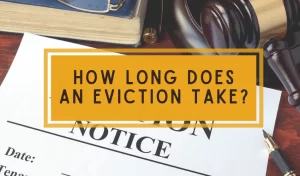What does arraignment mean in court?
What is Arraignment?
Arraignment is an important early step in the criminal justice process. It is a defendant’s first appearance in court after being arrested and charged with a crime. The arraignment sets the judicial process in motion and provides the accused with their first opportunity to enter a plea before the court. Understanding what happens during an arraignment and the meaning of this proceeding is crucial for anyone facing criminal charges.
what is a court arraignment
An arraignment is a formal legal proceeding where a criminal defendant is brought before a judge and informed of the charges filed against them. Black’s Law Dictionary defines arraignment as “the initial step in a criminal prosecution whereby the defendant is brought before the court to hear the charges and to enter a plea.” Basically, it is the first court appearance after being arrested.
The main purposes of the arraignment are:
- To formally inform the defendant of the charges against them
- To allow the defendant to enter a plea responding to those charges
- For the judge to set bail and other conditions of release for the defendant
- To schedule dates for future hearings and trial
Purpose of arraignment
The arraignment serves the purpose of initiating the criminal case against the defendant and ensuring their constitutional rights are upheld at the start of the prosecution. The key rights addressed during arraignments include:
- Right to be informed of the charges – The defendant has a 6th Amendment right to be told what criminal charges have been filed against them. The arraignment satisfies this right.
- Right to counsel – The 6th Amendment guarantees the accused the right to have an attorney. The arraignment judge will ask if the defendant has legal representation or needs a public defender appointed.
- Right to enter a plea – The accused must be given the chance to enter a plea at arraignment. This is typically guilty, not guilty, or no contest.
- Right to reasonable bail – Unless charged with a capital crime or denied bail, the defendant has a right to reasonable bail, which the judge sets at arraignment.
By ensuring these key constitutional rights are upheld, the arraignment provides due process for the accused at the very start of the criminal case.
The Arraignment Process
The typical series of events in an arraignment proceeding is as follows:
Being brought before a judge
The defendant is brought before a judge, often by appearing in court in handcuffs and jail attire or street clothes. The arraignment usually occurs the morning after the arrest or could take place a few days later if the accused posts bond.
Reading of charges
The judge or court clerk reads aloud the formal criminal charges that the defendant is facing. This lets them officially hear what they have been accused of doing.
Entering a plea
The judge will ask the defendant to enter a plea responding to the charges. Common pleas include guilty, not guilty, or no contest (also called nolo contendere). This gives the accused their first chance to admit, deny, or decline to address the allegations in court.
Setting bail
Except in capital cases where no bail is permitted, the arraignment judge will decide the bail amount or grant release on the defendant’s own recognizance. Bail is money paid to the court to ensure the defendant’s return for future hearings. The 8th Amendment prohibits excessive bail.
Scheduling future court dates
Finally, the arraignment hearing sets the dates for upcoming proceedings like preliminary hearings, pretrial conferences, and trial. The judge ensures the case moves forward promptly.
Key Elements of an Arraignment
There are four key elements present in every criminal arraignment:
Charges are formally presented
The prosecutor presents the charging document, such as a criminal complaint, information, or grand jury indictment, that outlines the defendant’s alleged offenses. The charges are then read aloud to the defendant.
Defendant enters a plea
The judge will ask the defendant to enter a plea. Common pleas include guilty, not guilty, and no contest. This provides the accused their first chance to address the charges in court.
Bail is set
Unless the charges make the defendant ineligible for bail, the judge will decide appropriate bail at arraignment. Bail is money paid to ensure the defendant’s presence at future proceedings. The 8th Amendment prohibits excessive bail.
Next court dates are scheduled
Finally, the arraignment sets the timeline for the case going forward. The judge will schedule preliminary hearings, pretrial conferences, trial, and other necessary court dates.
Plea Options at Arraignment
When asked by the judge to enter a plea at arraignment, the defendant has four options:
Guilty
A guilty plea means the defendant admits guilt and waives the right to trial. More investigation is needed before most defendants enter a guilty plea.
Not guilty
A not guilty plea asserts the defendant’s innocence and demands a trial. This is the most common arraignment plea.
No contest
Also called nolo contendere, this plea means the defendant will not dispute the charges but also will not admit guilt. It is often part of a plea bargain.
Stand mute
The defendant can also stand mute by remaining silent when asked to enter a plea. The judge will enter a not guilty plea on the defendant’s behalf.
Of these common arraignment pleas, not guilty is typically the wisest initial option since it preserves the defendant’s rights. An experienced criminal defense lawyer can advise on the best plea.
Arraignment for Summoned Defendants
While many defendants are arrested before their arraignment, some are served with summonses or citations instead. These defendants are required to attend an arraignment even if they were not taken into custody.
Arraignment in Felony Cases
In some jurisdictions, especially in cases of felony offenses, the arraignment might be delayed until a grand jury returns an indictment. The exact procedures can vary from state to state, but the fundamental structure of the arraignment hearing remains consistent for all defendants.
Importance of Arraignment
While a relatively brief initial step, the arraignment hearing is critically important for a defendant in a criminal case for the following reasons:
Chance to enter plea
For many defendants, arraignment offers the first chance to formally enter a plea responding to the charges against them. This on-record plea is a vital part of the case timeline.
Bail determination
The arraignment sets bail, which affects the defendant’s immediate freedom and ability to aid in their own defense. Lower affordable bail allows the accused to avoid jail before trial.
Due process rights
By ensuring the accused is informed of charges and has representation, the arraignment upholds the defendant’s key due process rights under the 6th Amendment and beyond.
In summary, the arraignment kicks off the criminal case while protecting the defendant’s crucial constitutional rights. Consulting an attorney beforehand is highly recommended.
The Right to Counsel at Arraignment
Constitutionally, criminal defendants facing potential jail time have the right to an attorney, regardless of their financial situation. Court-appointed lawyers, known as public defenders, protect defendants’ rights throughout the criminal process, including preliminary hearings, pre-trial conferences, and the trial itself.
The Role of an Attorney
A defendant’s attorney can play a pivotal role in shaping the outcome of the case. They can:
- Advocate for lower bail amounts
- Assist in bail plans
- Request less restrictive release conditions
- Demand a swift trial
- File pre-trial motions
- Negotiate plea bargains
- Present mitigating factors during sentencing
Getting Legal Help for Arraignment
Facing an arraignment on criminal charges can be an intimidating and complex legal process. Having an experienced attorney’s help can make a major difference. Ways to get legal help include:
Hiring a criminal defense lawyer
Those who can afford a lawyer should hire a criminal defense attorney to represent them at the arraignment and beyond. Private counsel can devote focused attention to the case.
Applying for a public defender
Defendants who cannot afford a lawyer may qualify for a court-appointed public defender. This free legal aid is available to those who meet financial eligibility guidelines.
Getting professional legal help is key, whether by hiring counsel or requesting a public defender. An attorney can handle bail arguments, enter the proper plea, and protect the defendant’s interests at this critical first court appearance.
Conclusion
In summary, an arraignment is a vital first step in criminal court proceedings where the defendant is formally presented with charges and has the chance to enter a plea. Understanding the arraignment process and consulting with legal counsel beforehand is crucial. While the arraignment may seem like a quick formality, in reality it is a foundation for the rest of the criminal case that affects the accused’s rights and freedom. With proper legal advice, a defendant can enter the arraignment prepared and ready to assert their rights.
FAQs about Arraignments
What happens if you miss your arraignment?
Missing an arraignment potentially has serious consequences. The judge will likely issue a bench warrant for the defendant’s arrest, set bail, and reschedule the arraignment. If caught, the defendant would be arrested and held until the new court date.
Can you change your plea later on?
Yes, it is generally possible to change an initial not guilty plea entered at arraignment to guilty or no contest later in the case if a plea deal is reached, for example. Pleas can also go from guilty to not guilty if circumstances change.
Do you have to enter a plea at arraignment?
Technically the defendant can stand mute and refuse to enter a plea at arraignment. But the judge will enter a not guilty plea on their behalf. So it is best to go ahead and enter a plea.
What should you wear to an arraignment?
Defendants should dress conservatively and neatly for an arraignment. For men, a suit and tie or dress slacks with a button-up shirt are appropriate. Women should wear a dress or blouse and dress pants or skirt, avoiding revealing clothing.
How long does an arraignment last?
Most arraignments are very brief, lasting around 10-15 minutes in total. The judge simply reads the charges, takes the plea, sets bail, and schedules future dates. More complex cases or bail arguments may take a bit longer. But arraignments are generally short hearings.








